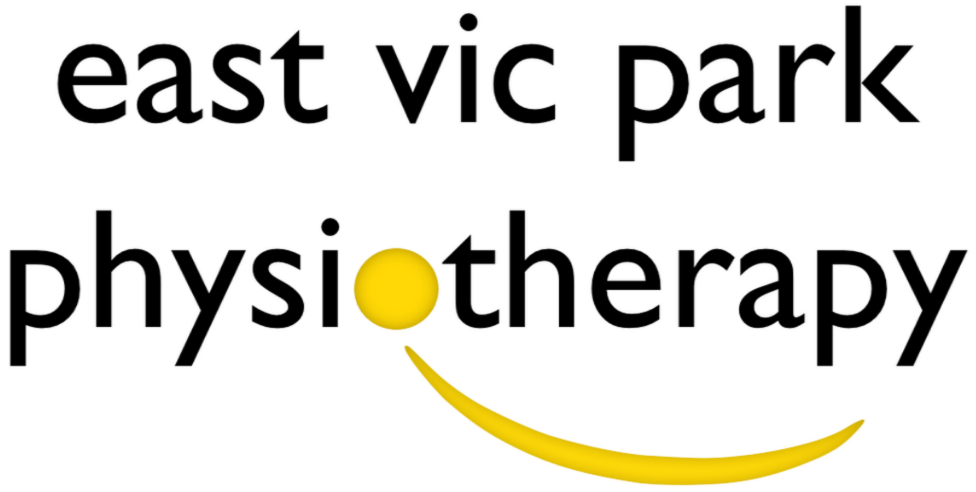Approximately 80% of people will experience lower back pain at some stage in their life. It is one of the most common reasons for people missing work and seeing a doctor or physiotherapist. Although it is extremely common it can often a bit of an unknown to the general public as to what is the cause for their pain and disability.
There are many different causes of low back pain from strains/sprains, posture related pain and overuse injuries. This blog post will mainly focus on acute strains or sprains of the low back.
Similar to other joints around the body, strains or sprains to the low back occur when a stress is placed on a tissue that exceeds what it is capable of handling. An example of this could be someone bending over to lift a heavy object off the floor. However, a heavy force is not always required to strain the back. Repetitive movements of small force can also do this.
Again like other joints around the body, different structures around that area can be irritated or strained. For the low back this can be surrounding muscles, ligaments, facet joints, discs or a combination of a few structures.
Timeframes of recovery will vary depending on what structures are involved, the severity of the injury, the demand of the person and lifestyle factors such as sleep, stress levels, diet ect.
What Can I do?
The back responds very well to movement. It is encouraged to continue to keep moving within your pain limitations. Identify positions and movements your back feels better with adopt these positions rather than the painful ones. This will differ from person to person so your physiotherapist will go over these particular activities/positions with you.
What can’t I do?
Your pain and symptoms will often be exacerbated immediately during specific activities. However, an increase in symptoms can often be noticed after completing particular tasks or even the following morning/day.
It is important to identify these activities or postures and avoid over repetition of them or prolonged time spent in those positions. These activities are often simple tasks we complete on a regular basis throughout the day so it is often unrealistic to completely avoid them. Instead, modifying how we complete them or limiting how much of them we do of them will be more effective. Eg sitting posture or length of time spent sitting.
Do I need a scan?
The majority of back injuries do not require any scans or imagining and will resolve without the need for a scan. Scans can also be misleading at times as they tend to show everything that is happening in your back even when it’s not the source of your pain. Scan results can make people anxious, worried and stressed which can make their pain significantly worse.
Imaging of the low back is potentially required when treatment/management of the injury could potentially change depending on the diagnosis or extent of the injury. Your GP or physiotherapist will discuss with you if they think imaging is required in your case.
Do I need surgery?
Again, like imaging most low back injuries do not require surgery. However, there are circumstances where surgery may be required or beneficial in addressing certain injuries. Obviously there are risks when any surgery is performed and so they are only recommended when they are truly needed.
When can I return to exercise?
This is a difficult question to answer as it will depend on a number of factors including the type of exercise you are attempting to return back to, the severity of the injury and previous injury history. However, in general, most soft tissue injuries have a recovery timeline of about 4-6 weeks. There will often still be things you will be able to do during your rehabilitation. This will usually start off with activities that do not exacerbate symptoms followed by modified versions of more complicated tasks with the aim to progress back to your previous level of function.
Will this injury reoccur?
Like most injuries there is always a risk it re-aggravating Your treating physiotherapist will advise you on ways to best prevent this from happening. This will often involve an exercise program to address any deficiencies and optimising technique and posture with specific tasks/activities.

